AO Edited
The Scythe Tree
A rusted blade sticks out from the trunk of this tree, left as a memorial to a young man who left to fight in the Civil War but never returned home.
On May 26, 1966, U.S. President Lyndon Johnson signed a proclamation designating the village of Waterloo, New York, as the birthplace of Memorial Day in the United States. It is only fitting that Waterloo is also home to an extraordinary tree that is a living monument to wartime sacrifice.
The Scythe Tree is a Balm of Gilead poplar growing on a small farm between Waterloo and Geneva in the Finger Lakes region of upstate New York. In 1861, James and Elizabeth Johnson owned the farm and property, and the community was preparing for the Civil War. That October, while cutting hay in a field, their eldest son, James Wyman, decided to enlist in the Union Army. Upon returning to the house, Johnson hung his scythe in the crotch of a nearby tree, and he enjoined his parents to leave the implement hanging there until he returned from the war.
The 26-year-old Johnson enlisted in Company G of the 85th New York Volunteers. In April 1864, he was wounded in the upper thigh in a skirmish at Plymouth, North Carolina. A month later, on May 22, 1864, he died from his wounds at a Confederate Hospital in Raleigh, and he was buried in an unmarked grave. Johnson’s parents never accepted the news of his death. Convinced that their son would one day return to them, they left his scythe in the tree.
Fifty-seven years later, in 1918, two brothers living on the farm, Raymond and Lynn Schaffer, enlisted to serve in World War I. Like Johnson, they each placed a scythe in the tree before their departure. Although the Schaffer’s survived the war, their scythes remained in the tree.
Over the years, the tree grew around the three implements, engulfing the long blades within its pulp. The wooden handles eventually rotted and fell away, and nothing but the rusted blade tips protruded from the tree—now many feet above the ground. Guy wires, from which American flags once hung, mark the spots.
The Scythe Tree became a local landmark and tourist attraction featured on Finger Lakes postcards. In 1990, New York designated it as one of 11 trees of “extraordinary historic significance” in the state. The Arbor Day Foundation lists it as a “Majestic Tree of America.” Although old and deteriorating, the 100-foot tall tree remains an object of pride and remembrance for the community of Waterloo.
Know Before You Go
The Scythe Tree is about 2.5 miles west of Waterloo on Waterloo-Geneva Road (Hwy 5/US 20). The property is between Brewer and Packwood Roads and just west of the NY State Police Station.
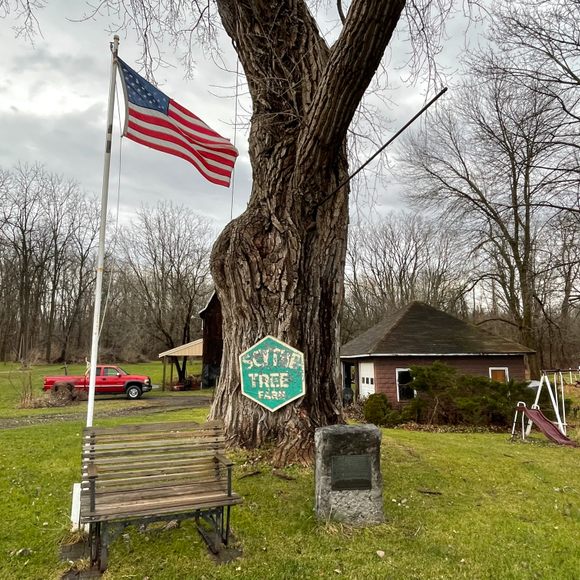

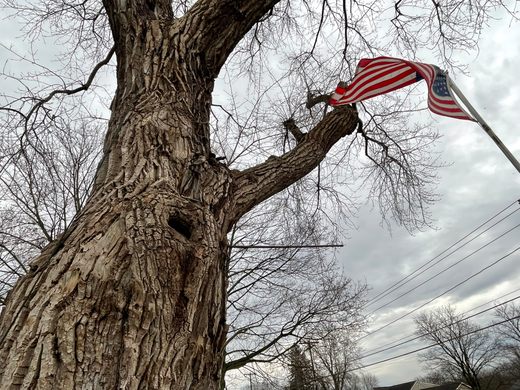
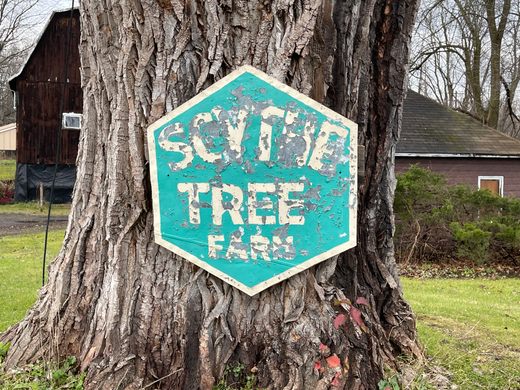
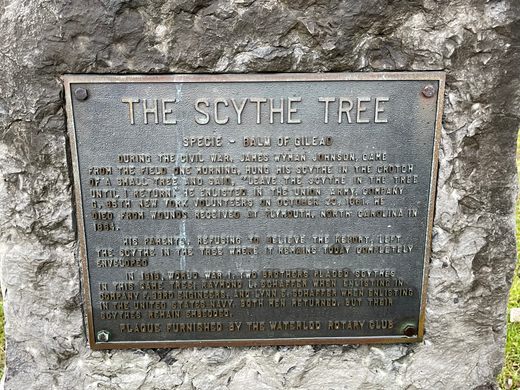
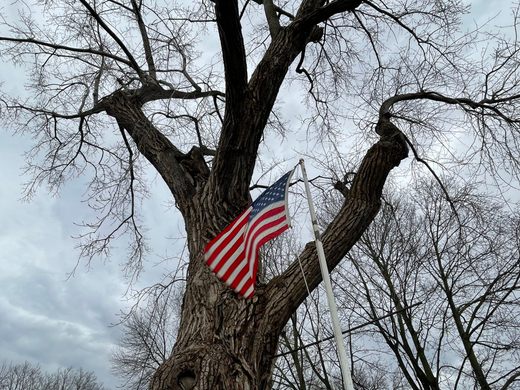
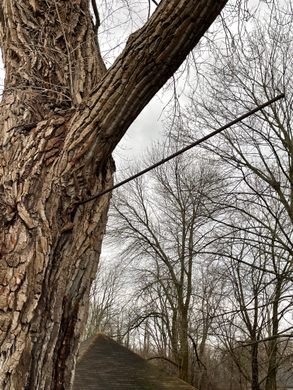
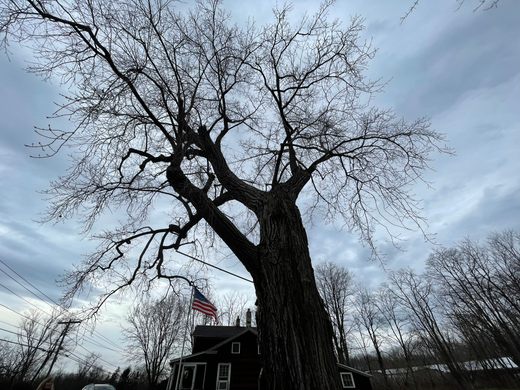


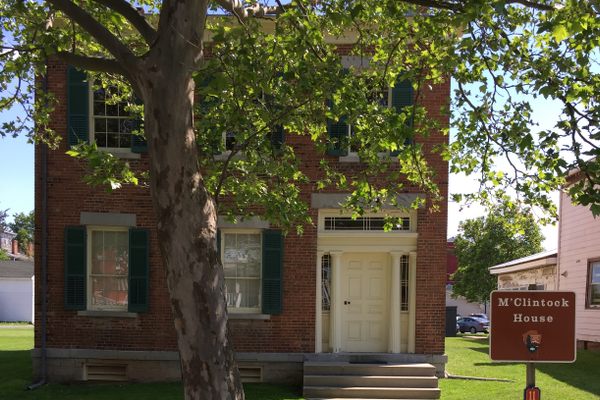




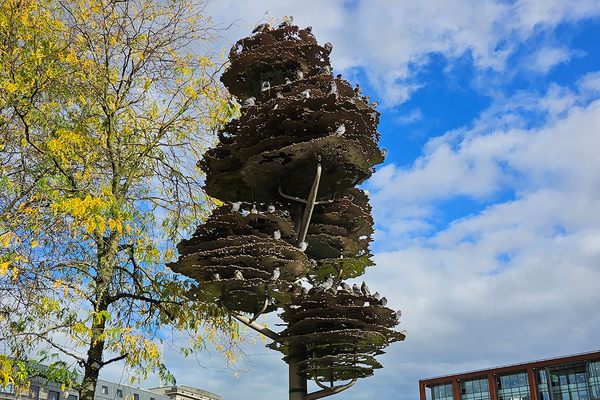

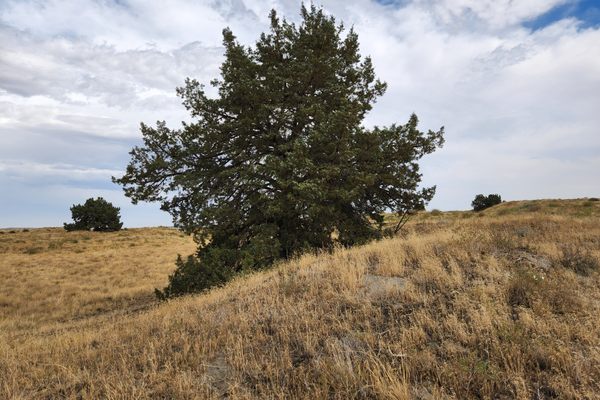

Follow us on Twitter to get the latest on the world's hidden wonders.
Like us on Facebook to get the latest on the world's hidden wonders.
Follow us on Twitter Like us on Facebook